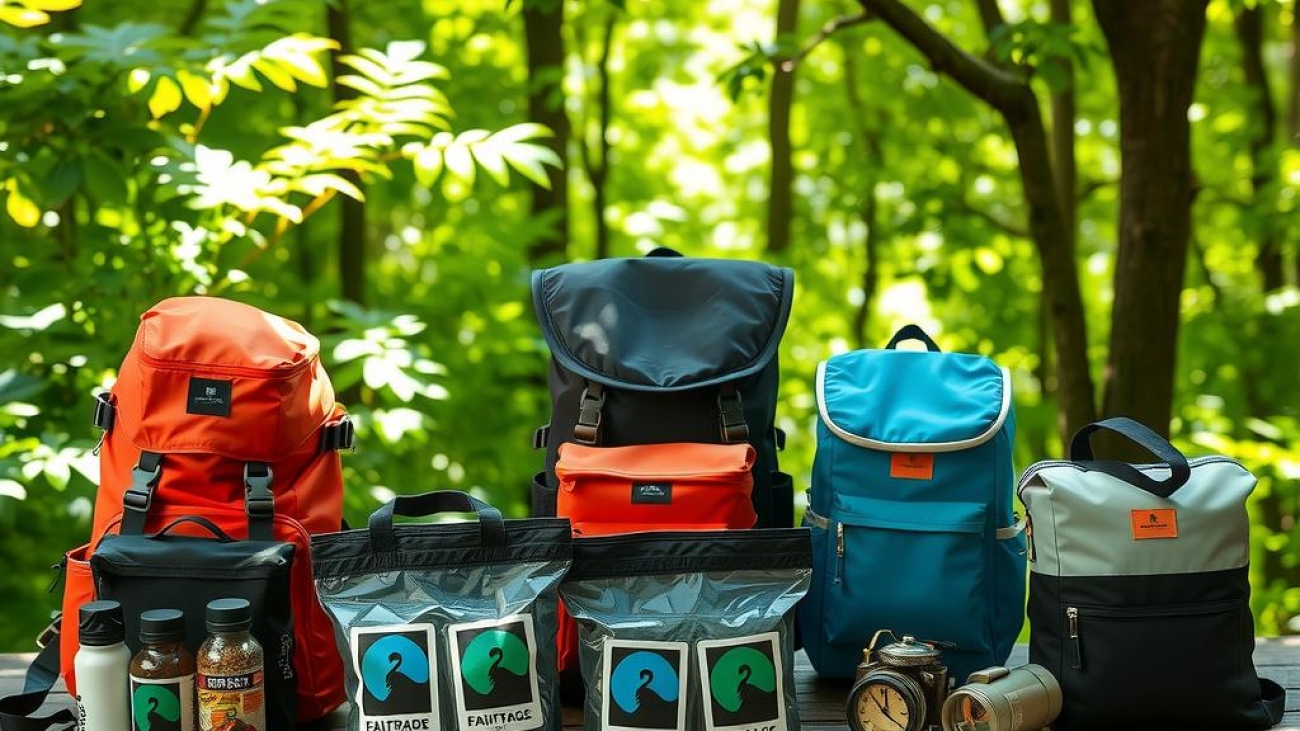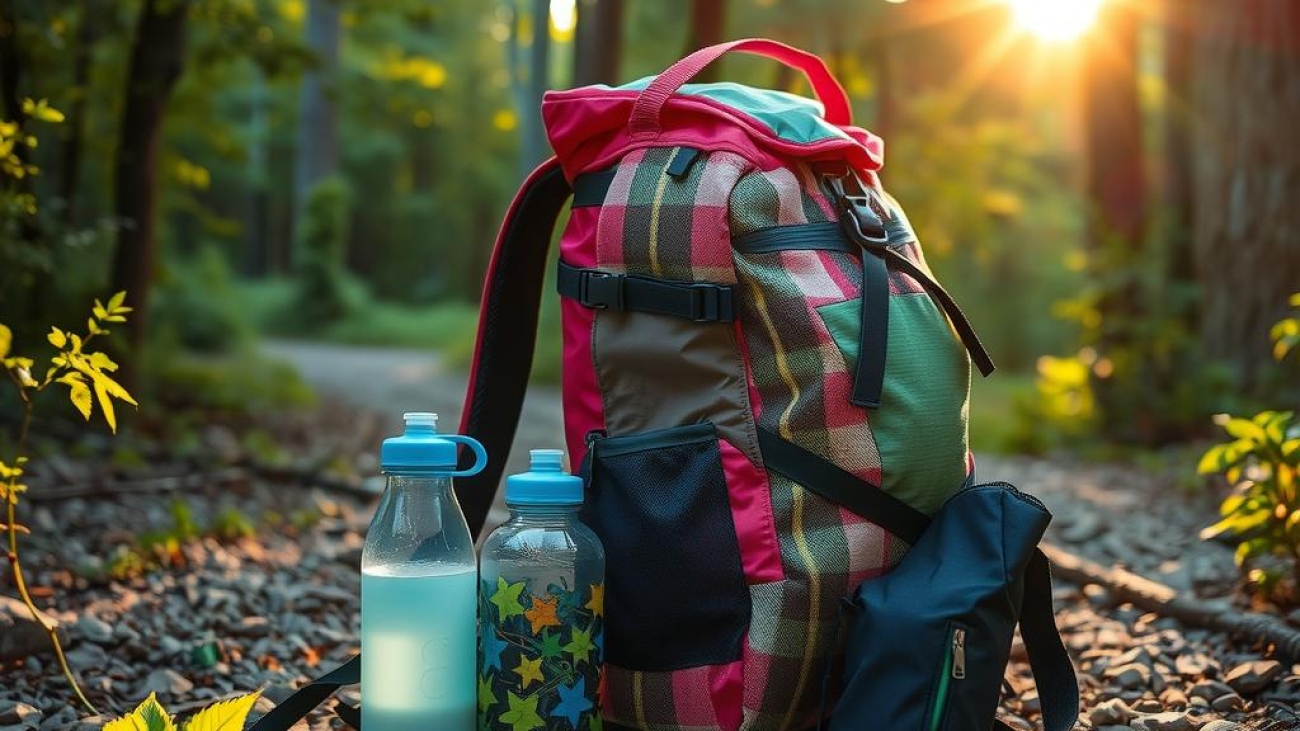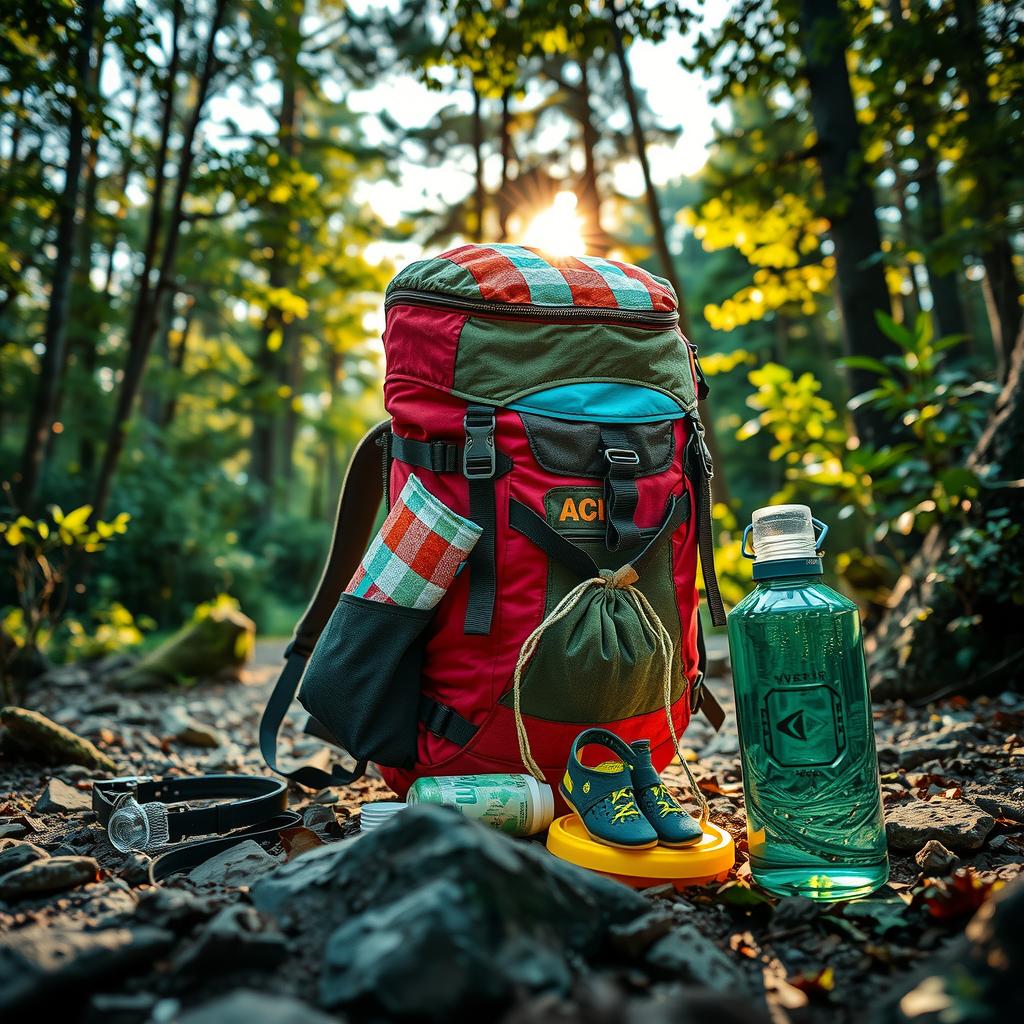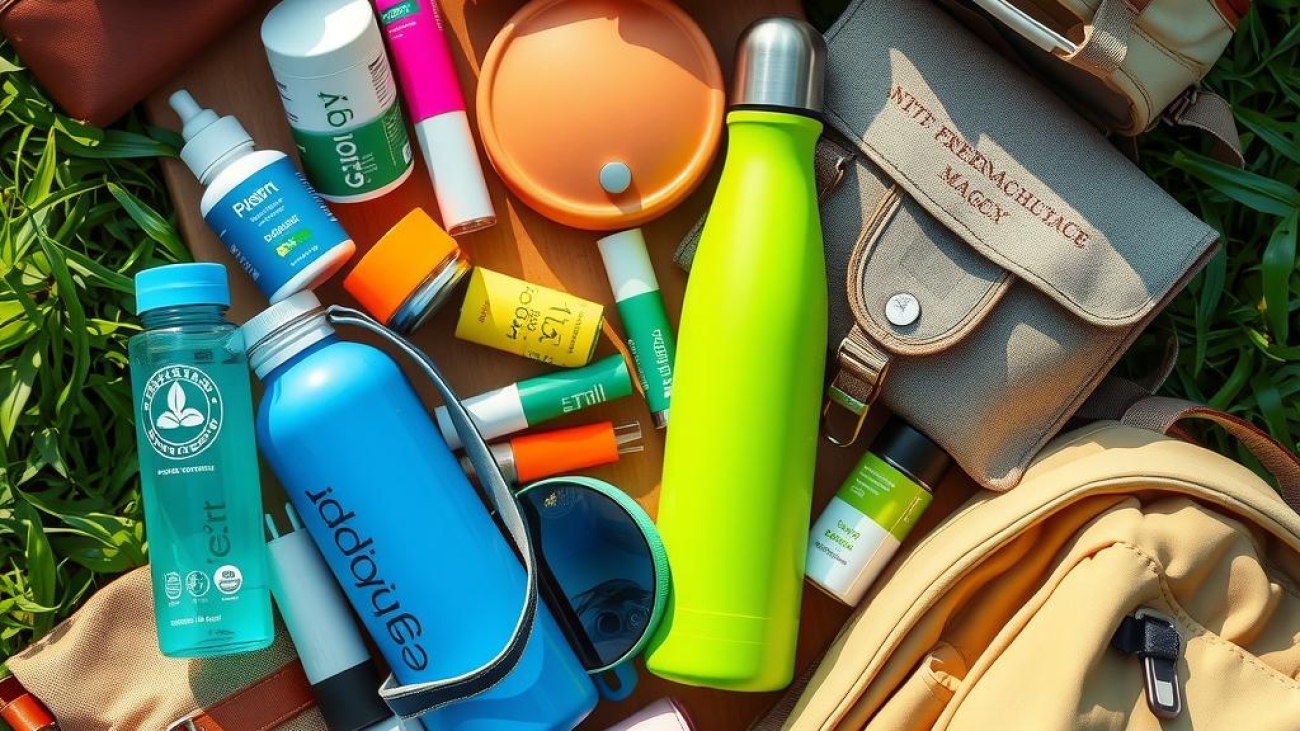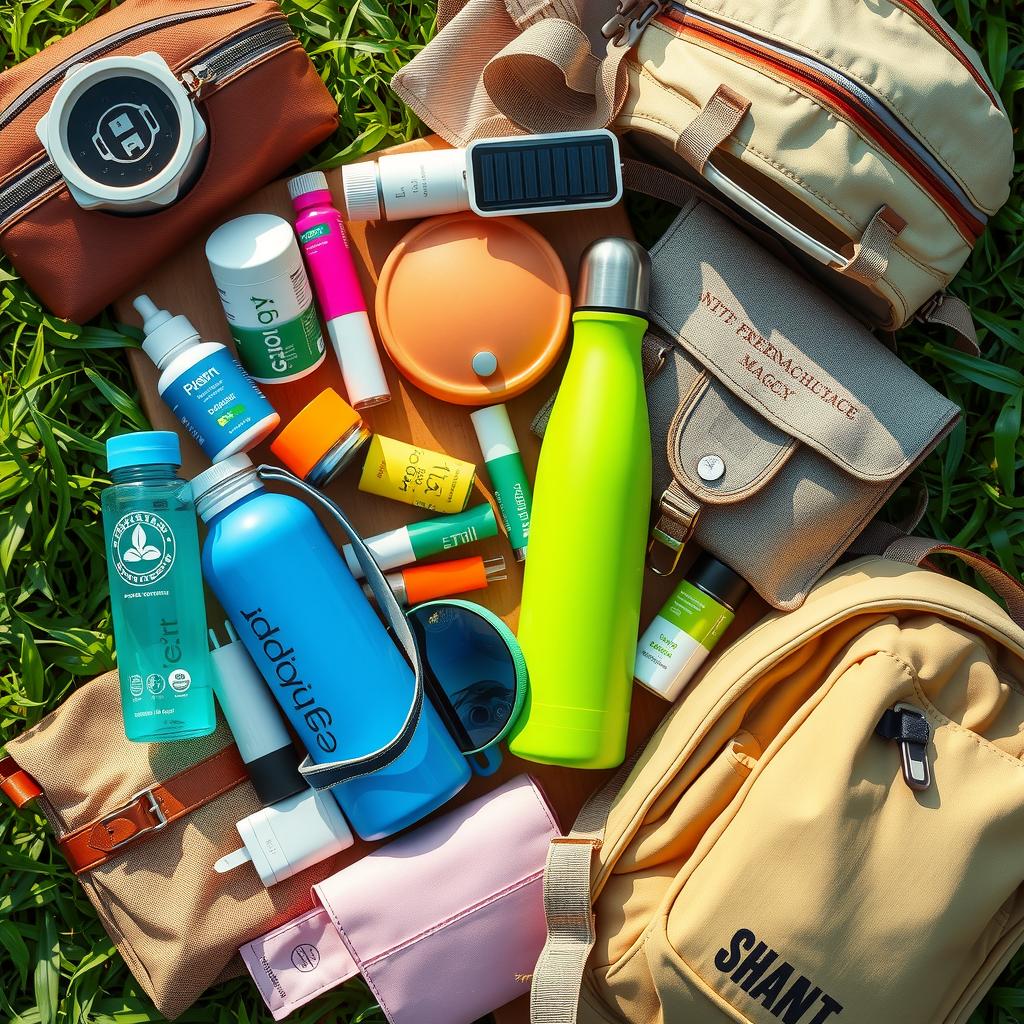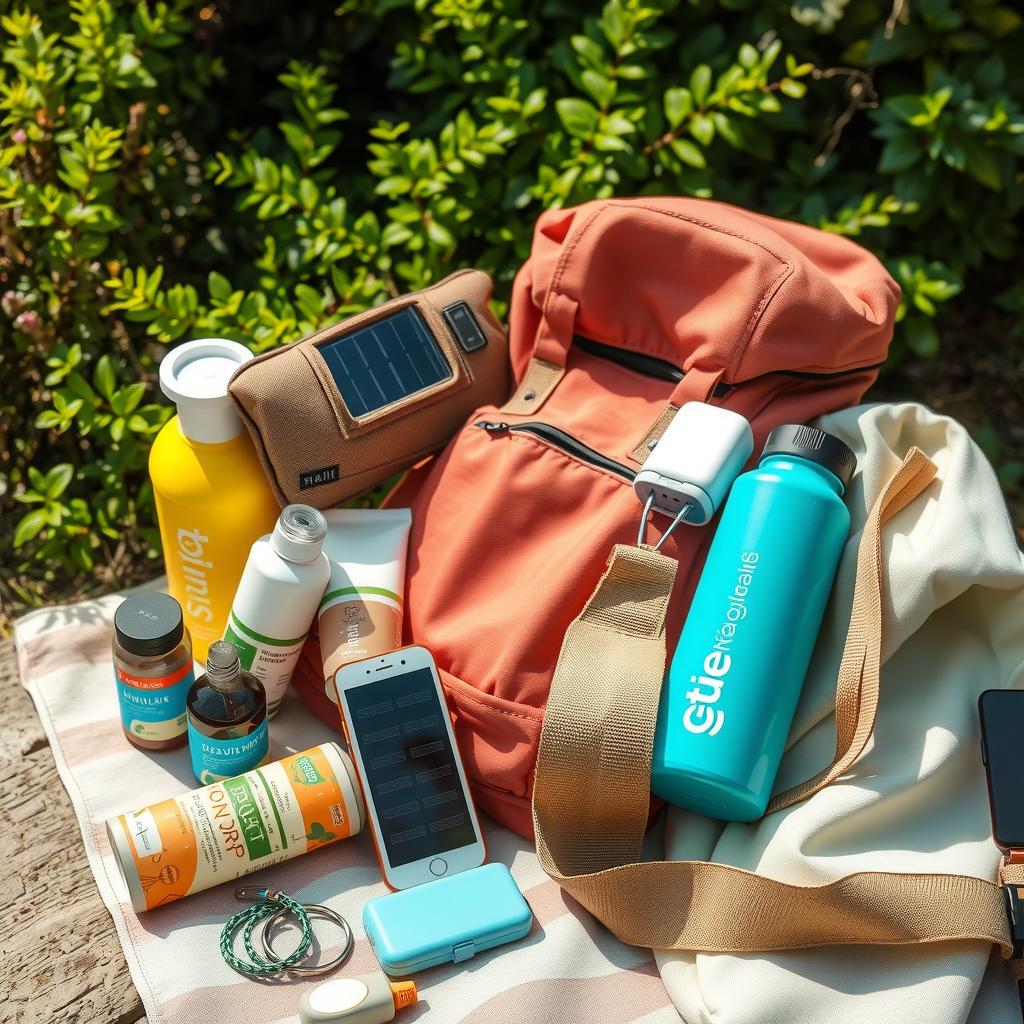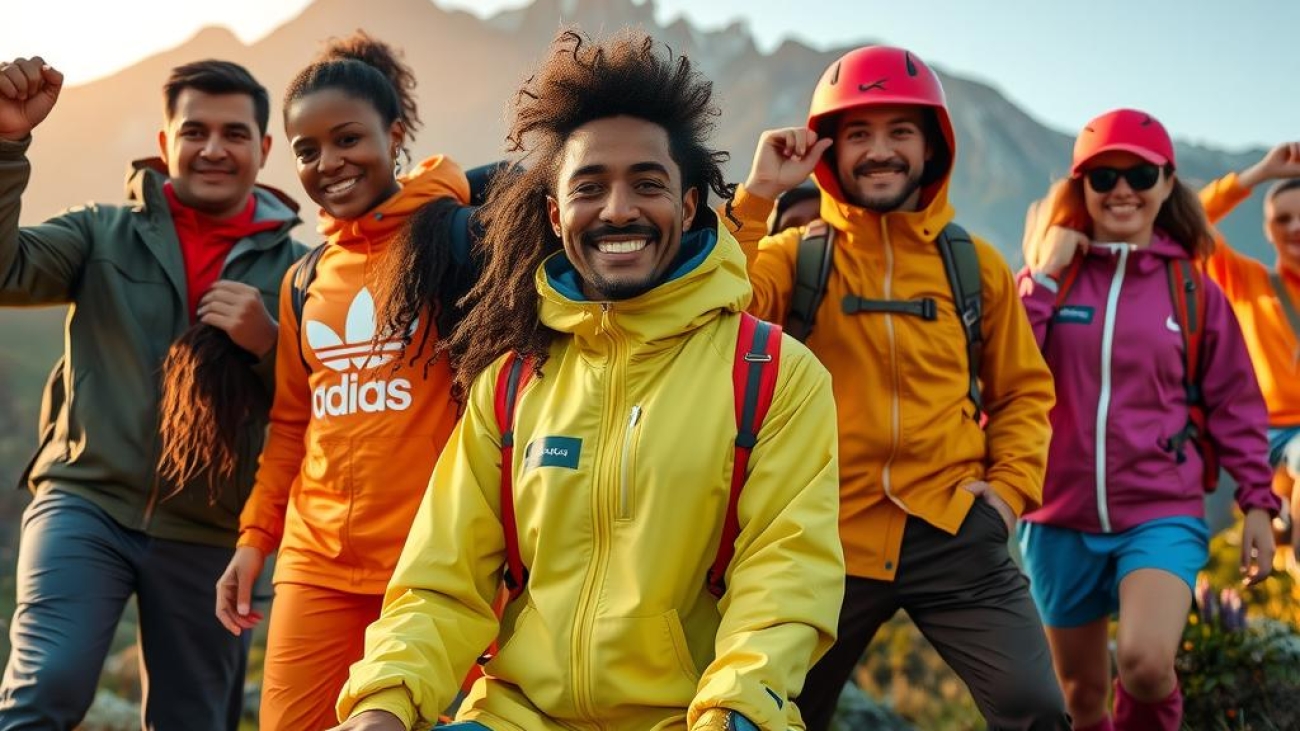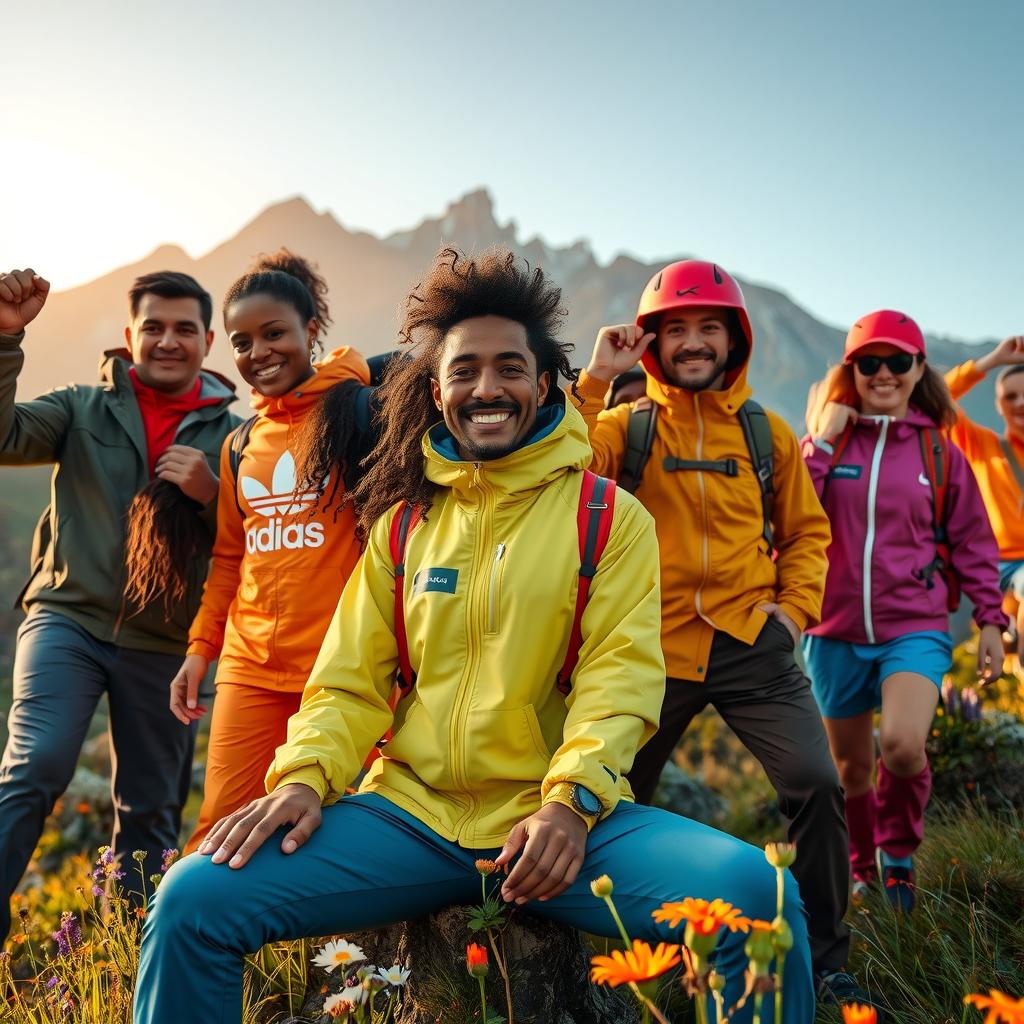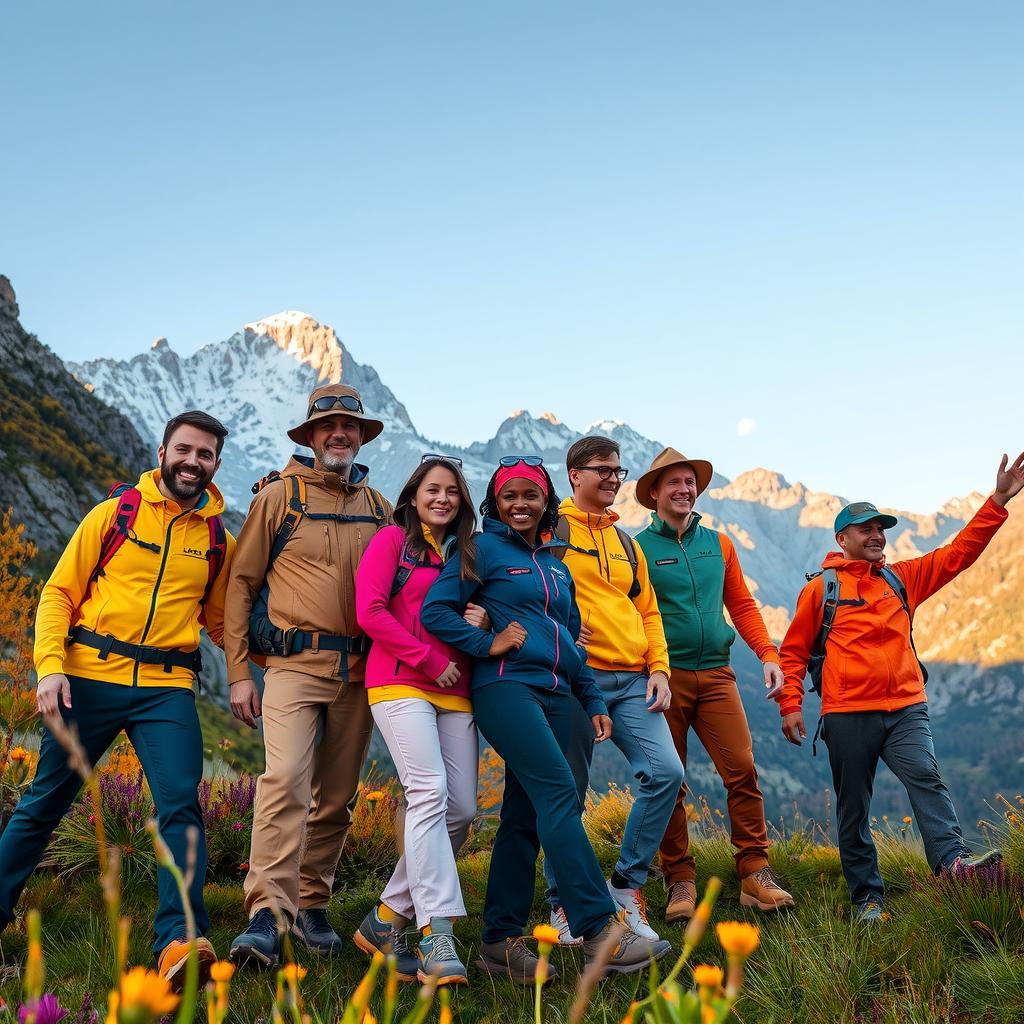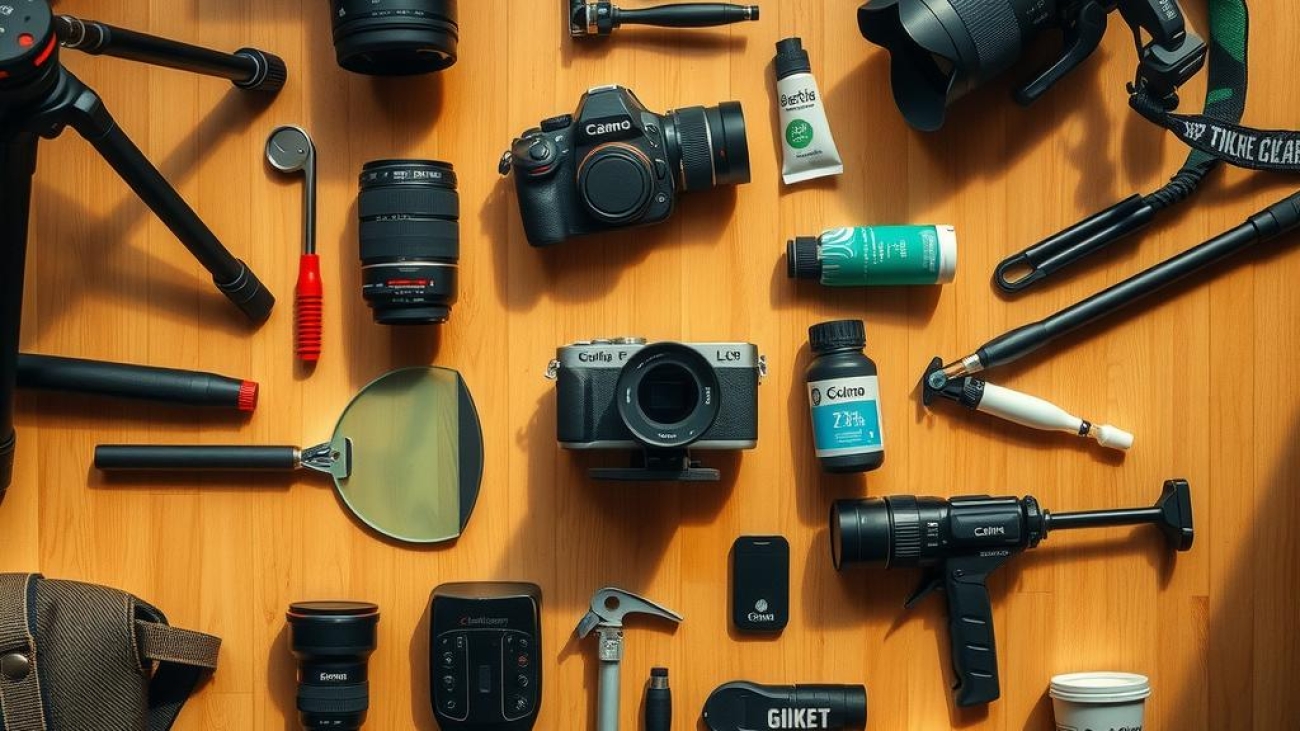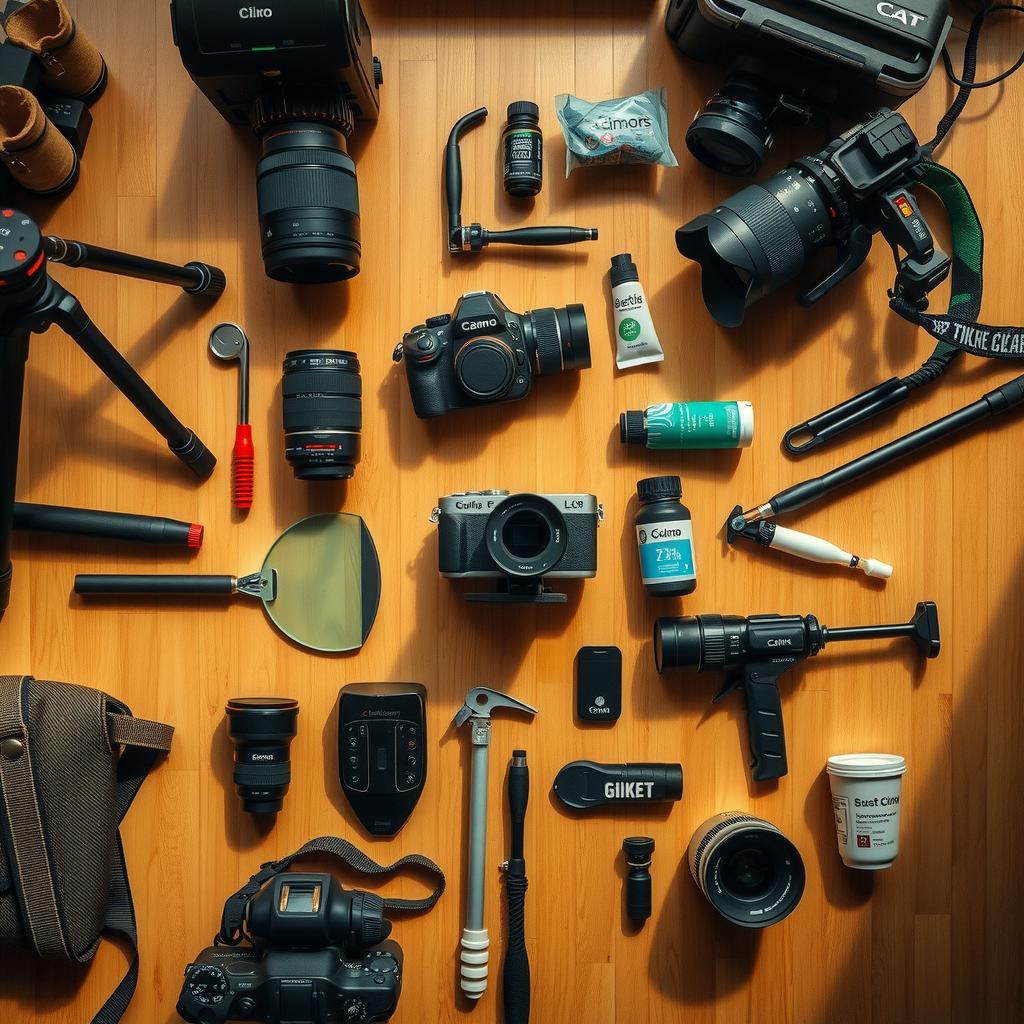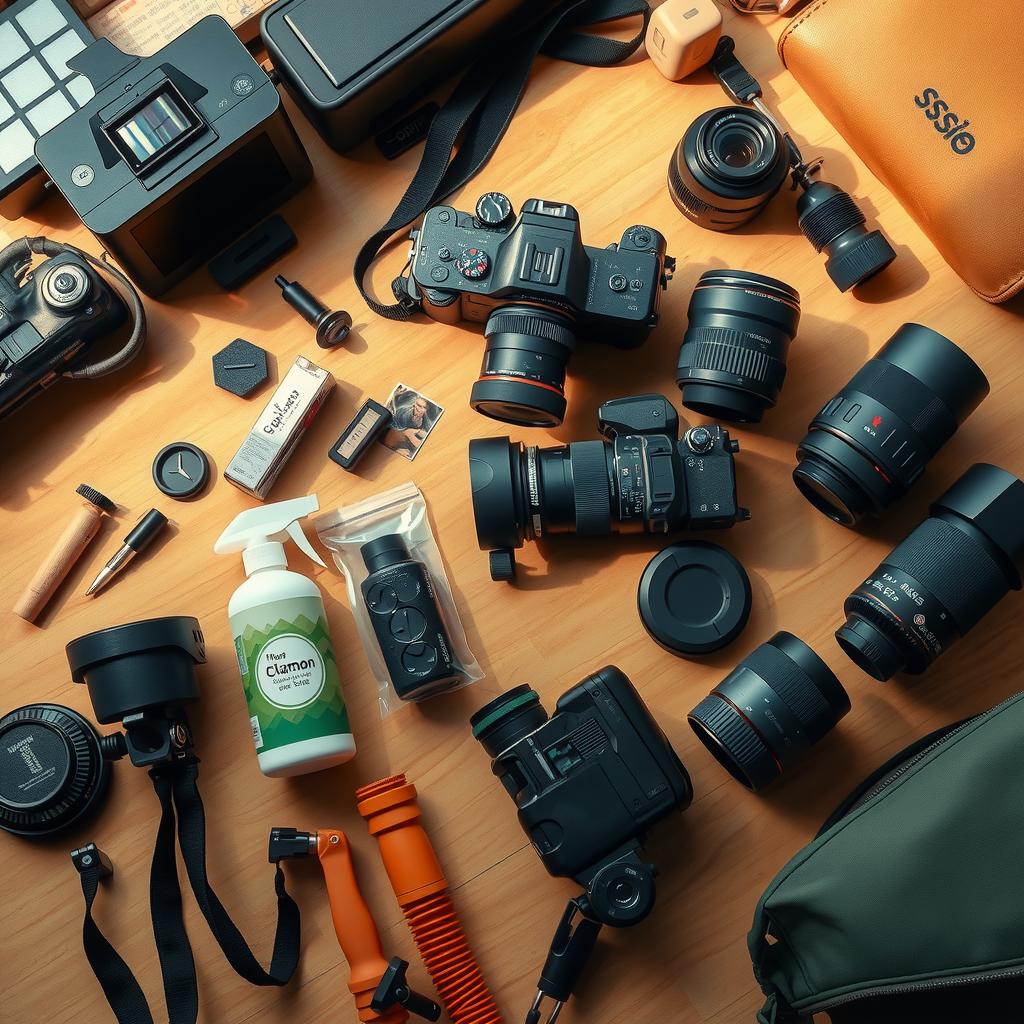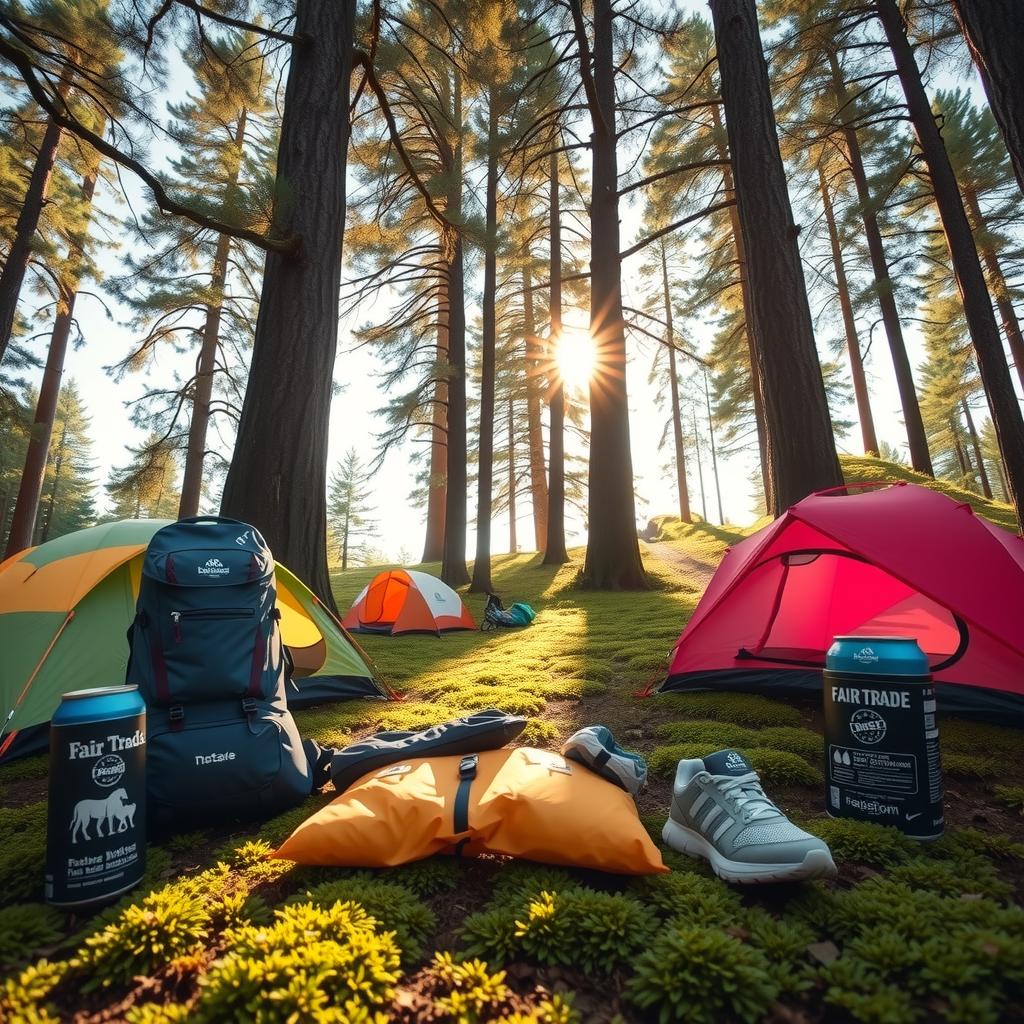In today’s world, the impact of travel extends far beyond mere exploration; it encompasses a responsibility towards the environment and the communities we visit. As travelers become increasingly aware of their carbon footprints and social impacts, ethical travel has gained traction as a vital movement within the tourism industry. Travelers are now seeking ways to make their journeys more sustainable through mindful choices, including opting for fair trade certified travel gear brands that promote responsible tourism practices. This growing demand for eco-friendly products signifies a shift in consumer behavior—one that prioritizes ethical considerations over traditional shopping habits.
Moreover, with an abundance of options flooding the market, discerning consumers might find themselves overwhelmed when navigating this landscape of sustainability. The question arises: how can travelers ensure that their purchases align with their values? Enter the realm of fair trade certified gear, which not only guarantees quality but also ensures that artisans and workers receive fair compensation for their labor. By supporting these brands, conscientious adventurers contribute to positive social change while equipping themselves with reliable gear designed for various terrains and climates.
The article aims to delve into some standout fair trade certified travel gear brands known for their commitment to sustainable practices and conscious consumerism. From backpacks crafted by local artisans to eco-friendly clothing made from recycled materials, these companies combine durability with ethical production methods. In doing so, they empower consumers to make informed choices without sacrificing style or functionality on their travels.
As readers explore this topic further, they will discover leading brands committed not only to providing high-quality travel gear but also enhancing lives through socially responsible initiatives. Through understanding these connections between product choice and global impact, individuals can embark on journeys infused with purpose—ultimately fostering a culture of empathy within tourism itself. Join us as we uncover remarkable stories behind each brand while inspiring future adventures rooted in respect for people and planet alike.
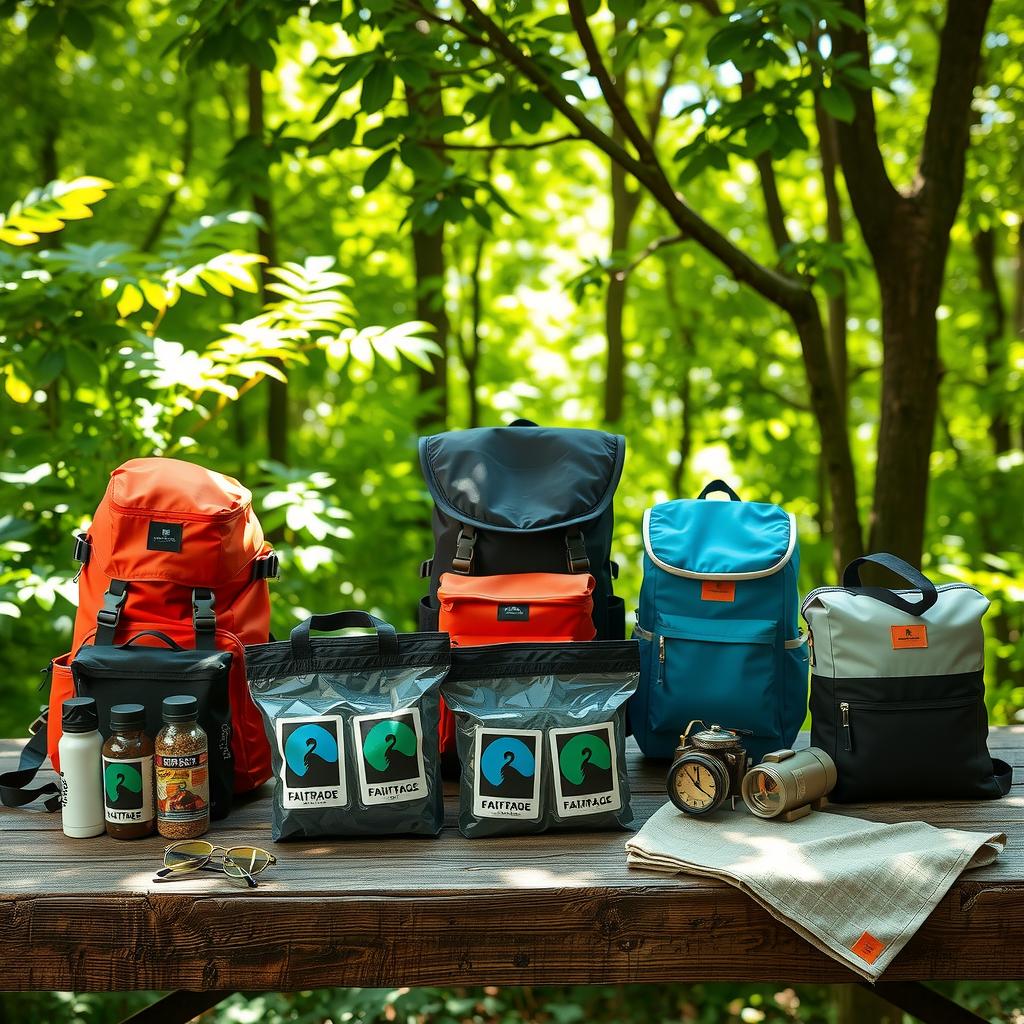
Key Points: Significant Aspects of Ethical Travel Gear
As travelers increasingly prioritize ethical travel, the demand for high-quality, responsible products has surged. This shift towards conscious consumerism is reshaping the outdoor gear market, leading to a rise in fair trade certified travel gear brands that offer sustainable alternatives without compromising performance. These brands are committed to creating durable equipment while ensuring fair wages and safe working conditions for artisans worldwide.
Travelers can find an impressive range of options from these sustainable brands, such as eco-friendly backpacks made from recycled materials or camping gear produced under ethical labor standards. Investing in such products not only enhances one’s adventure experience but also supports the principles of responsible tourism. Each item purchased carries a story—reflecting its origins and the dedication behind its creation—which adds depth to any journey undertaken.
Moreover, opting for certified gear allows adventurers to engage meaningfully with local communities they visit. By choosing items from reputable sources like fair trade certified travel gear brands, consumers contribute significantly toward fostering global change and promoting sustainability in tourism. Whether navigating through scenic trails or exploring vibrant markets, having reliable equipment ensures travelers remain prepared while making impactful choices aligned with their values.
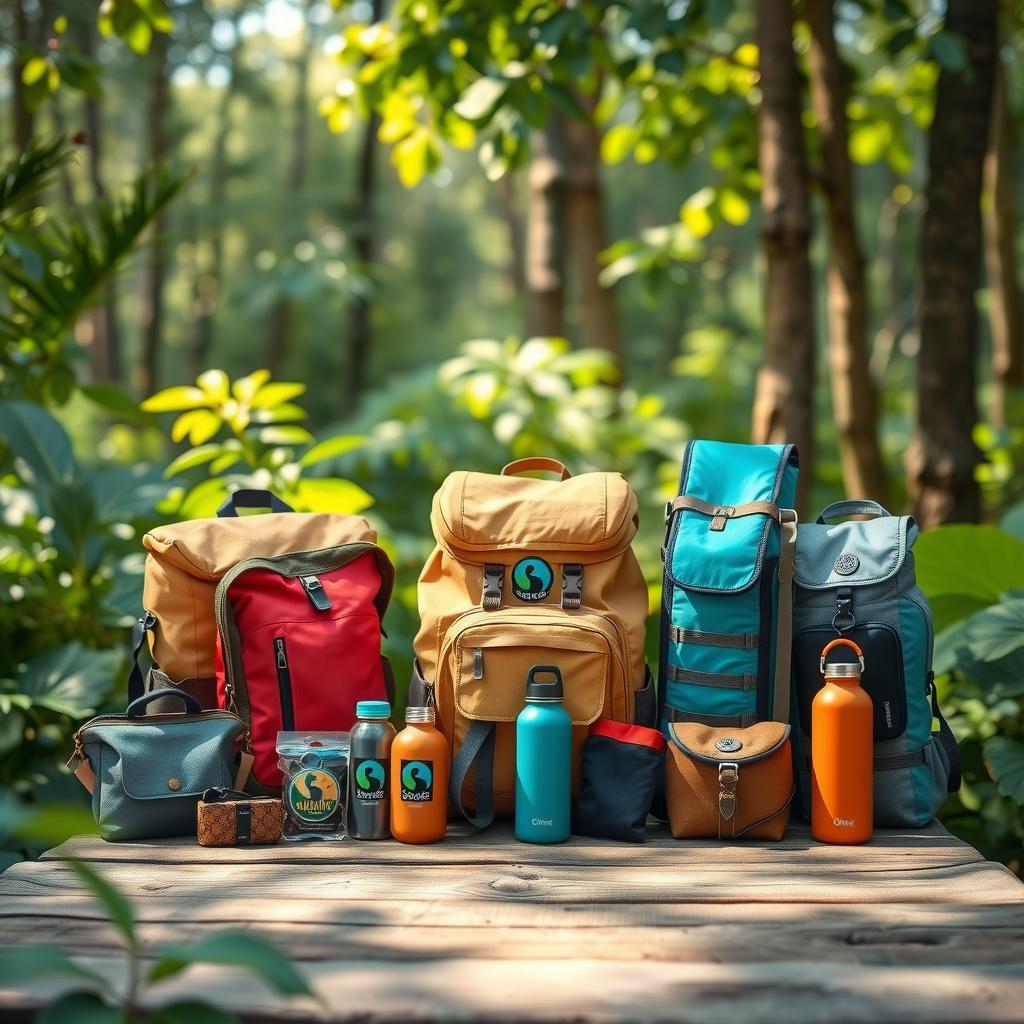
Understanding Fair Trade: The Importance of Ethical Travel Gear
Crafting a Better World Through Conscious Choices
In the realm of travel gear, the significance of fair trade certification extends beyond mere labels; it represents a commitment to ethical practices that positively impact global artisans. When consumers opt for fair trade certified travel gear, they are not just purchasing products; they are supporting a movement rooted in social justice and sustainable development. This certification ensures that artisans receive fair wages, work under safe conditions, and have access to essential resources such as healthcare and education. For instance, brands like Madesmith and Patagonia exemplify how ethical travel gear can be both functional and beneficial to communities worldwide. By choosing such products, conscious consumers contribute to an ecosystem where traditional crafts thrive despite globalization pressures.
Empowering Artisans through Fair Trade Principles
Ensuring Dignity in Labor Practices
The direct impact of fair trade practices on global artisans cannot be overstated. It fosters economic empowerment by creating opportunities for skilled workers from marginalized communities who produce beautiful handcrafted items often overlooked by mass-produced alternatives. As travelers increasingly seek unique experiences that resonate with their values—such as purchasing locally made goods—they inadvertently support sustainable brands committed to ethical production processes. Companies like Ten Thousand Villages provide platforms for these artisans, allowing them to showcase their craftsmanship while earning fair compensation for their efforts—a stark contrast against exploitative labor models prevalent in many industries today.
The Role of Conscious Consumerism in Responsible Tourism
Shaping Future Markets with Ethical Purchases
As the demand for eco-friendly products surges within tourism sectors globally, understanding the role of conscious consumerism becomes paramount in promoting responsible tourism practices. Travelers equipped with awareness about their purchases are more likely to choose sustainable brands offering ethically sourced materials over conventional options laden with environmental harm or unethical labor practices. For example, when adventurers select items from companies like Toms, which integrates social responsibility into its business model—donating shoes or funding initiatives—their decisions ripple outwards into larger conversations about sustainability and corporate ethics within travel markets. This shift towards informed buying habits ultimately shapes future markets toward embracing more transparent supply chains that honor human dignity while preserving cultural heritage through artisan crafts.
Engaging responsibly as travelers means recognizing one’s influence on global economies through purchase choices—especially when it comes to selecting quality fair trade certified gear designed not only for functionality but also enriched by stories woven by talented hands around the world.
Discovering Sustainable Travel Gear
Embracing Responsible Tourism Through Quality Brands
In the realm of sustainable travel, fair trade certified brands stand out as champions of both quality and ethical practices. These brands offer a diverse selection of high-quality travel gear that not only meets the demands of adventurous travelers but also aligns with principles of conscious consumerism. For instance, companies like Patagonia and REI Co-op have made significant strides in ensuring their products are made from eco-friendly materials while supporting fair labor practices in developing countries. As consumers become increasingly aware of their purchasing impact, these brands provide an opportunity to invest in equipment that boasts durability without compromising ethical standards. By choosing products from such reputable sources, travelers can embark on their journeys equipped with gear that reflects a commitment to sustainability.
The Impact of Fair Trade Practices
The importance of ethical travel cannot be overstated; it encompasses not just environmental stewardship but also social responsibility. When consumers select items from sustainable brands, they contribute to economic development within marginalized communities around the globe. This is where fair trade becomes pivotal—ensuring artisans receive fair wages for their craftsmanship while adhering to environmentally friendly production processes. Brands such as TOMS have successfully integrated this ethos into product lines ranging from footwear to luggage, thus enabling customers to make choices that resonate with personal values while enjoying superior quality travel essentials.
Elevating Eco-Friendly Products
In today’s market, selecting eco-friendly products goes beyond merely choosing green alternatives; it’s about understanding the entire lifecycle and sourcing ethics behind them. Leading names like Cotopaxi, known for its vibrant packs and apparel crafted through sustainable practices, illustrate how businesses can thrive by prioritizing both planet and people over profit alone. Their approach includes using recycled materials alongside transparent supply chains which empower consumers by providing insight into how each item contributes positively toward reducing environmental footprints through responsible resource management.
Supporting Social Impact Initiatives
When discussing top-tier certified gear, it’s essential to highlight those brands actively driving social change within local economies through innovative initiatives tailored towards empowering communities involved in production processes. Companies like Allbirds, famed for its minimalist design philosophy combined with sustainable raw materials sourced responsibly (like merino wool), exemplify this movement effectively by focusing on creating lightweight yet durable options perfect for any traveler seeking functionality paired with comfort without sacrificing style or purpose.
Making Conscious Choices While Traveling
Ultimately, choosing among leading fair trade certified travel gear brands allows individuals not only access premium quality items but also fosters a greater sense of community connection across global landscapes—enhancing every journey taken together by shared values rooted firmly in respect towards nature’s resources as well as human rights advocacy efforts worldwide! With each purchase made consciously geared toward promoting responsible tourism ideals comes an enormous potential for positive change—one trip at a time!
Engaging with Local Communities in Ethical Travel
Fostering Connections Through Responsible Tourism
Responsible tourism is not just about visiting new places; it’s about making meaningful connections with local communities. Travelers who prioritize ethical travel can enhance their journeys by engaging deeply with the cultures they explore. One effective way to achieve this is through the use of fair trade certified travel gear, which supports sustainable practices and empowers local artisans. When travelers choose products from brands that emphasize social impact, they contribute to a cycle of conscious consumerism that respects both people and the planet.
Engaging authentically means starting conversations and listening to stories from local residents. This interaction helps visitors gain insights into cultural traditions, customs, and challenges faced by these communities. By utilizing eco-friendly products like those offered by sustainable brands, travelers can ensure their presence does not harm the environment or exploit resources. For instance, selecting items made from recycled materials or supporting businesses that pay fair wages ensures a positive contribution to the locales visited.
Moreover, promoting responsible tourism involves making informed choices when purchasing supplies for trips. Utilizing certified gear allows travelers to enjoy high-quality products while also playing a part in ethical manufacturing processes. Brands committed to sustainability often share their production methods transparently, allowing consumers to understand how their purchases support community development initiatives.
Travelers should also consider participating in workshops led by local artisans using fair trade principles. These experiences create opportunities for skill-sharing while providing an authentic glimpse into traditional crafts such as weaving or pottery-making—practices at risk of fading away without support from conscientious visitors.
Incorporating meals at locally-owned restaurants enhances this experience further; opting for eateries that source ingredients sustainably not only enriches one’s palate but fosters economic growth within communities as well. The act of choosing where one eats directly impacts livelihoods and promotes culinary heritage rooted in regional flavors—an essential aspect often overlooked in mainstream tourism.
Finally, leaving no trace behind is crucial when exploring natural wonders alongside cultural sites; respecting nature preserves protects delicate ecosystems vital for future generations’ enjoyment—and reinforces responsible behavior among fellow tourists too! Using biodegradable toiletries sourced from eco-friendly products aligns perfectly with this ethos while minimizing environmental footprints during adventures abroad.
By focusing on these strategies rooted in engagement rather than mere observation, any traveler can transform their journey into an enriching experience—not just for themselves but also for the global community encountered along the way!
In the realm of ethical travel, choosing the right gear is essential for adventurers who wish to make a meaningful impact with their choices. Fair trade certified travel gear brands have emerged as beacons of hope in this landscape, offering products that not only meet performance standards but also adhere to principles of sustainability and social responsibility. By opting for these brands, travelers can ensure that their gear supports fair wages and better working conditions for artisans worldwide.
One notable player in this space is Patagonia, renowned for its commitment to environmental stewardship and ethical practices. As one of the leading sustainable brands, Patagonia offers an impressive range of eco-friendly products, from durable jackets made from recycled materials to ethically sourced backpacks. Each purchase contributes positively towards responsible tourism by promoting conscious consumerism while providing adventurers with reliable equipment designed for various outdoor activities.
Another brand worth mentioning is TOMS Shoes which has expanded into travel accessories through its fair trade initiatives. Their dedication to creating high-quality, stylish footwear ensures that every step taken during an adventure resonates with purpose—supporting local artisans globally while embracing sustainable practices. With each pair purchased, TOMS reinforces the connection between travelers and communities they visit, embodying the essence of ethical travel.
Lastly, TenTree stands out as a leader in combining fashion with ecological responsibility. For every item sold—from activewear to accessories—they plant ten trees around the world, directly contributing to reforestation efforts and reducing carbon footprints. By selecting TenTree’s certified gear during travels, explorers can feel confident knowing their purchases are making a tangible difference towards fostering global change while enjoying quality products tailored for adventurous spirits.
FAQ:
Q: What does it mean when a brand is fair trade certified?
A: A fair trade certified brand ensures that its products are produced under ethical labor conditions where workers receive fair wages and work in safe environments.
Q: How do I know if my travel gear is sustainable?
A: Look for certifications like Fair Trade or companies known for their sustainable practices; many reputable brands openly share information about their sourcing methods and labor policies.
Q: Why should I choose eco-friendly products when traveling?
A: Choosing eco-friendly products supports responsible tourism by minimizing environmental impact and promoting social equity among producers worldwide.
